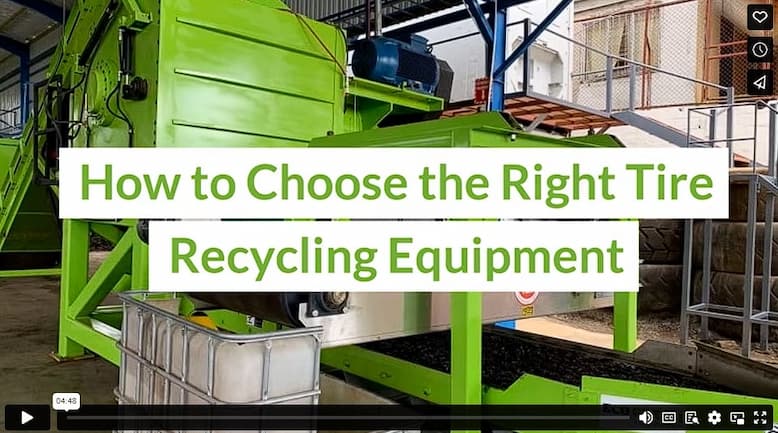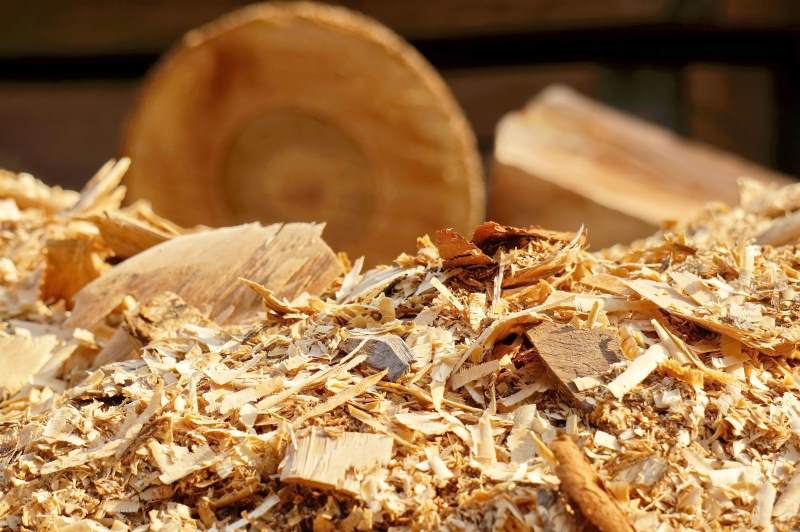Among sustainable business ventures, tire recycling is a promising option that blends environmental consciousness with down-to-earth inputs and outputs. As an entrepreneur, it is crucial to understand the intricacies of the tire recycling process and, more importantly, to choose the right equipment.
In this article, we’ll unravel the complexities of small business start-up costs, delve into the world of tire recycling, and explore various types of tire recycling equipment available in the market. You can make old tire rubber into a steady cash flow with the right equipment and business plan.
Small Business Start-Up Costs: A Prerequisite for Success
Every venture begins with a financial roadmap, and tire recycling is no exception. Before diving into the specifics of equipment, take the time to assess your small business start-up costs. Consider expenses such as permits, licenses, location, insurance, marketing, and operational necessities like transportation and labor. A start-up budget lays the groundwork for a profitable tire recycling business. The main start-up cost will be the machinery required to break down full tires into bite sized pieces or even rubber powder.
Why Tire Recycling?
Before exploring specific machinery options, it’s useful to delve into the more broad question of why. Why the rubber industry? Why recycling?
Discarded tires pose significant environmental threats, from feeding dangerous fires to creating breeding grounds for pests. Tire recycling not only stops these issues but also transforms used tires into valuable raw materials for various industries.
Some cunning entrepreneurs might think it wise to begin sourcing and stockpiling end of life tires before investing in equipment to ensure immediate returns. However, the risks of storing large piles of unprocessed tires makes this a potentially hazardous way to start. It’s best to invest in tire recycling equipment upfront.
What equipment will you need?
1. Shredders: The Heart of Tire Recycling
Tire shredders play a pivotal role in the initial stages of tire recycling, breaking down whole tires into manageable pieces. Shredders usually rely on gravity to assist in the process. Thus, tires need to be lifted by a mechanical arm or conveyor belt to the right height. High-quality shredders are versatile, accommodating various tire sizes and types, such as off-road tires or tractor tires. Before purchasing a shredder, consider its processing capacity, durability, and maintenance requirements. These characteristics directly influence how much you can produce per day.
2. Granulators: Refining the Output
Granulators pick up the shredded tires and refine the rough pieces into uniform bits called granules. These granules are the foundation for creating a range of products, from rubberized asphalt to molded rubber goods. Look for granulators that offer precision and consistency in the shredding process. How pure your granules are directly determines how much they are worth in the market.
3. Crumb Rubber Systems: From Marbles to Sand
Crumb rubber machines take granules a step further, producing high-quality crumb rubber or rubber powder. This versatile material serves as a raw ingredient for countless marketable products, including athletic surfaces, construction materials, and high-quality asphalt.
4. Pyrolysis Equipment: Transforming Tires into Oil and Gas
Pyrolysis is an innovative approach that involves heating tires in the absence of oxygen to produce oil, gas, and carbon black. This method offers an alternative route for tire recycling, generating valuable resources for various industrial applications. This equipment can be costly, but the outputs are very profitable. It’s impressive how junky tires can seemingly turn to gold with the right system in place.
5. Profitable Add-Ons: A Splash of Color
Add-ons to a recycling line can elevate the versatility and marketability of the end products. One notable enhancement is the incorporation of a colorizing machine, which allows tire recyclers to produce vibrant and aesthetically appealing rubber materials. This technology opens opportunities for creative applications in playground designs as well as meeting specific market demands for specific colors in architecture.
Mold machines are also valuable add-ons, enabling tire recyclers to shape rubber materials into various forms and sizes. For example, you could produce plugs, toys, tiles, and mats. By integrating these add-ons into a tire recycling line, businesses can diversify their product offerings and meet niche market demands.
Finding the Right Fit
As you navigate the tire recycling machinery maze, remember that the success of your venture hinges on choosing the right equipment for your target output. Assess your business’s specific selling points. In general, recyclers earn more if they are high quality. Consider factors like processing capacity and technological advancements.
Tire recycling equipment manufacturers like Eco Green offer tire-specific equipment, while others offer general processors. Some machines have a more significant environmental impact themselves, negating the good they are doing, while others are more efficient. Like any big purchase, the best advice is to explore a range of equipment options. By making informed decisions, you can get the recycling line running effectively and reliably.
Video

Infographic
Tire recycling is a promising sustainable business venture that combines environmental awareness with practical inputs and outputs. As an entrepreneur, it’s important to grasp the details of the tire recycling process and select the appropriate equipment. Explore the five tire recycling machines in this infographic.





